One of the buzzwords in the American psyche since the election of Donald Trump has been “fake news.” Pretty much any report that contains facts that paint Trump and his administration in an unflattering light is later tweeted out by POTUS as “fake,” a convenient way to discredit journalists and take media scrutiny off himself.
But what exactly is fake news? According to a group of scientists who published their thoughts in response to a new study in the journal Science, it is “fabricated information that mimics news media content in form but not in organizational process or intent.” They add that fake news outlets often lack editorial processes that safeguard accuracy and credibility.
“Fake news overlaps with other information disorders, such as misinformation (false or misleading information) and disinformation (false information that is purposely spread to deceive people),” they write.
The idea of fake news might almost be amusing, except that it has demonstrated the power to influence politics, economics—a fake tweet in 2015 about President Obama being injured tanked the stock market by $130 billion dollars for a few hours—and, frankly, our emotional well-being. Because of this, researchers from MIT attempted to puzzle out why fake news seems to circulate so much faster than the truth in a first-of-its-kind study published in Science magazine.
“What we found was scary,” said Sinan Aral, a professor at the MIT Sloan School of Management and a co-author of the study. “False news travels farther, faster, deeper and more broadly than the truth in every category of information – many times by an order of magnitude.”
Mark Twain is alleged to have said that “a lie will travel around the world while the truth is pulling on its boots,” and now science explains why.
Fake News vs False News
The study made a distinction between the sound-byte friendly “fake news” in favor of the terms “false” news, falsehoods, or falsity, writing:
“Although, at one time, it may have been appropriate to think of fake news as referring to the veracity of a news story, we now believe that this phrase has been irredeemably polarized in our current political and media climate. As politicians have implemented a political strategy of labeling news sources that do not support their positions as unreliable or fake news, whereas sources that support their positions are labeled reliable or not fake, the term has lost all connection to the actual veracity of the information presented…. We have therefore explicitly avoided the term fake news throughout this paper…”
“Rumor Cascades”
To investigate what may seem like a hard-to-quantify bit of data, how falsehoods travel on social media, the researchers used a data set of “rumor cascades” on Twitter from 2006 to 2017. A rumor cascade is the set of events that take place on Twitter when one user tweets an assertion about a topic—possibly including photos and links in addition to text. “Other users then propagate the rumor by retweeting it,” the authors write.
Each time one individual sets off a cascade, it’s counted as an individual rumor cascade. If another individual starts their own assertion of the same topic, they create a second cascade of the same rumor, and so on and so forth.
A rumor cascade is made up of the number of times a story or claim was independently tweeted, not retweeted, a chain of sorts. “So, if a rumor ‘A’ is tweeted by 10 people separately, but not retweeted, it would have 10 cascades, each of size one,” write the study authors. Conversely, if a second rumor ‘B’ is independently tweeted by two people and each of those two tweets is retweeted 100 times, the rumor would consist of two cascades, each of size 100.”
They tracked 126,000 of “every major contested news story,” according to The Atlantic, also known as rumors, spread by approximately three million people on Twitter. The falsehoods reached the most people by considerable margins—the top one percent of false news cascades made it to anywhere between 1,000 and 100,000 people, whereas the truth only hit approximately 1,000 people at a time.
The biggest surprise of the study was that not only did falsehoods diffuse to more people, they moved faster than truth. About 70% faster. Truth took about six times as long as falsehood to reach 1,500 people and 20 times as long as falsehood to reach a cascade depth of 10. Falsehoods were also retweeted by more unique users than the truth.
Of the different types of falsehoods, false political news went faster and broader than any other category, neck-in-neck with “urban legends.”
The researchers ruled out that falsehoods moved more widely due to the tweeter having a greater number of followers or that the individuals starting the rumors tweeted more often. Instead, they found in every rumor cascade the users who spread false news “had significantly fewer followers…followed significantly fewer people… and were significantly less active on Twitter.”
While the study focused on Twitter, the MIT researchers feel it has relevance for all the major social networks such as Facebook, Instagram and YouTube.
Human vs Bot
“It seems to be pretty clear that false information outperforms true information,” said lead author Soroush Vosoughi, a data scientist at MIT who has been studying fake news since 2013. “And that is not just because of bots. It might have something to do with human nature.”
Yes, what about all those “bots” allegedly corrupting the numbers and drowning out the “voices” of regular people? The researchers controlled for that, too.
They ran a sophisticated bot-detection algorithm that removed any bots before running their analysis. When they added the bot traffic back in, none of their conclusions changed: “False news still spread farther, faster, deeper, and more broadly than the truth in all categories of information.” These results were the same when they took out any tweet cascades that were started by bots, or human retweets of bot-originating tweets.
"Now behavioral interventions become even more important in our fight to stop the spread of false news," Aral said. "Whereas if it were just bots, we would need a technological solution."
The Emotional Impact of Fake News
The study authors believe that the novelty factor and the emotional impact of the fake news may have something to do with its speed and popularity. They cite something called “Bayesian decision theory” that states novelty is attractive to humans because it helps inform productive decision making and “updates our understanding of the world.”
Novel information is surprising and considered more valuable from both a decision-making perspective and a social perspective—having novel information can bring social status by making someone seem “in the know” or “inside.”
Writer Robinson Meyer reported on the story for The Atlantic, writing, “ On platforms where every user is at once a reader, a writer, and a publisher, falsehoods are too seductive not to succeed: The thrill of novelty is too alluring, the titillation of disgust too difficult to transcend.”
False news, therefore, is more likely to press our novelty buttons because it departs from known truth, and therefore is more likely to be retweeted.
False news also elicited different emotions than truth. People felt more fear, disgust and surprise when reading false news, and more anticipation, joy, sadness and trust when reading the true stories. While you’d think that the happier emotions were more likely to bring people back for more, negative feelings have been shown to capture study participants' attention and hold it for longer. Researchers believe there may be an evolutionary basis for this—we pay attention to the horrible, the disgusting and the sad as a survival skill, to stay ahead of dangers.
“To me, marry [disinformation and strong emotions] together and you get the dictionary definition of outrage,” said Vian Bakir of Bangor University, a fake news expert. “Fake news has been optimised to generate that.”
The spread of false news is further compounded by people’s growing lack of critical thinking skills, which can help people identify the difference between real and false news, the Science researchers said.
Moreover, the more times a false news item is viewed, the more likely people are to believe it is real, the study reports.
One solution to this, the researchers believe, may be to encourage people to, and provide more resources for, fact checking.
However, this brings up another problem. They write, “Despite the apparent elegance of fact checking, the science supporting its efficacy is, at best, mixed…Individuals tend not to question the credibility of information unless it violates their preconceptions or they are incentivized to do so. Otherwise, they may accept information uncritically. People also tend to align their beliefs with the values of their community.”
So if your friends and family are sharing the misleading false news stories, or you subscribe to publications and channels that perpetuate false news, you may have no reason to doubt it, or lack the motivation to seek out an alternate viewpoint.
While fake news can run from the benign to the downright diabolical, Meyer, of The Atlantic, concludes “...that social-media platforms do not encourage the kind of behavior that anchors a democratic government.”

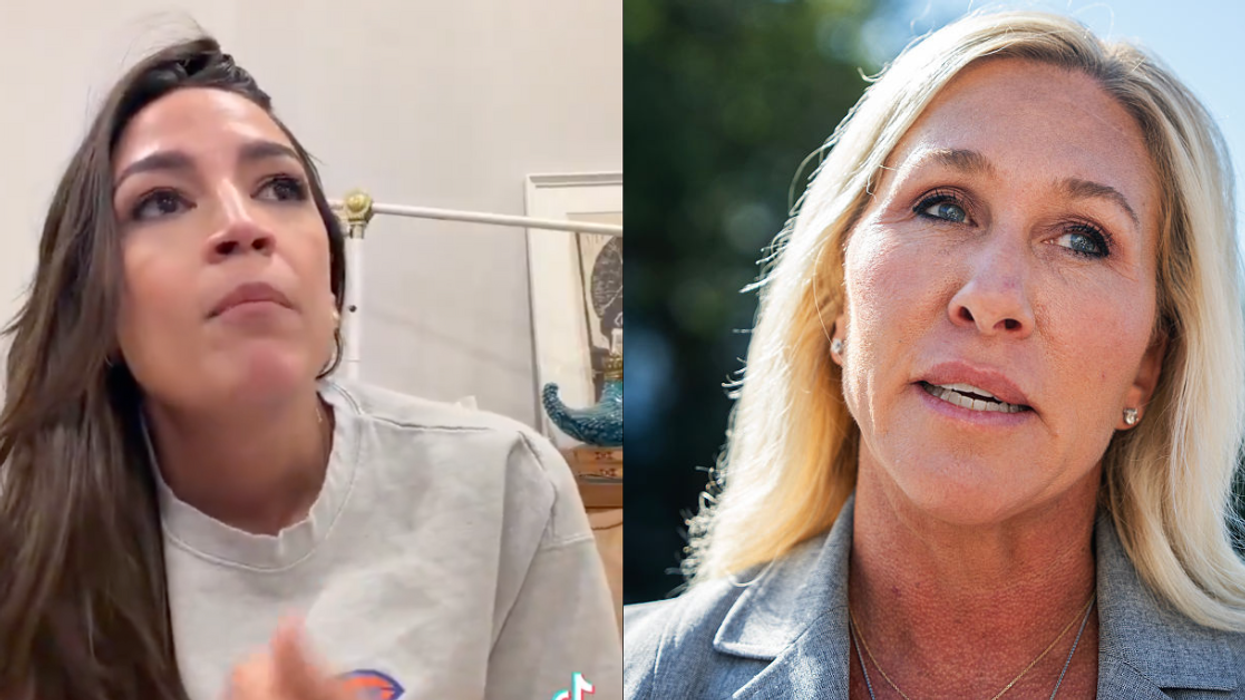


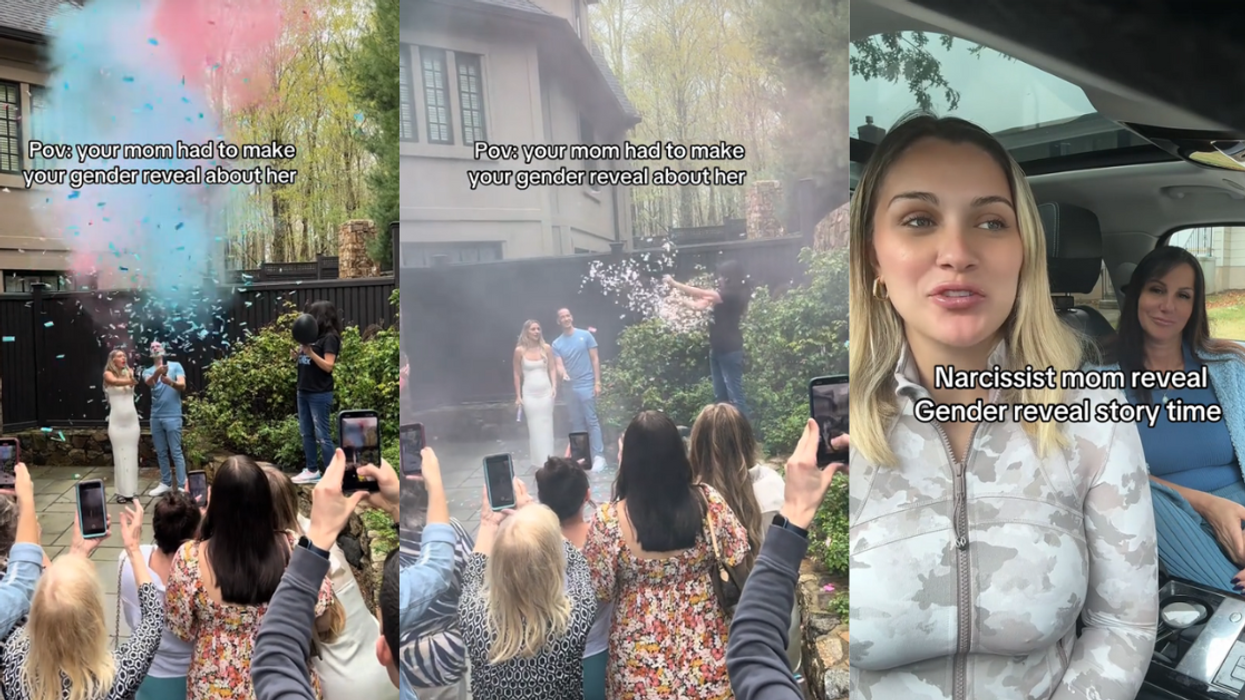
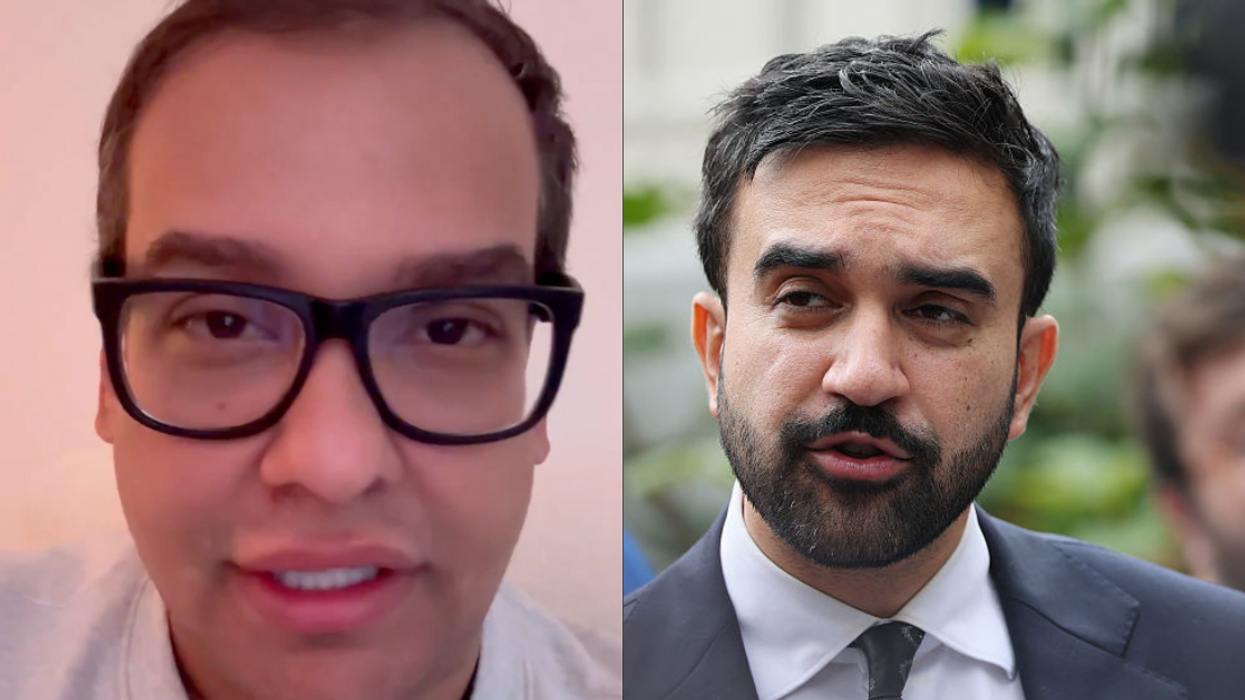
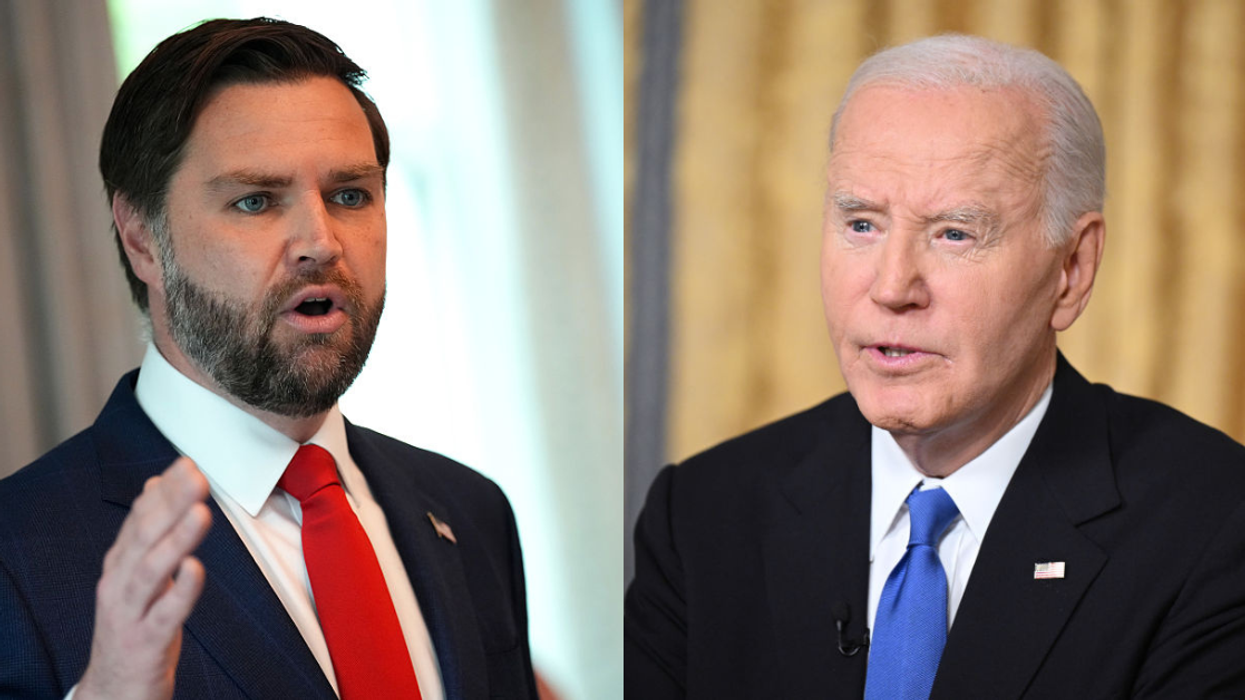
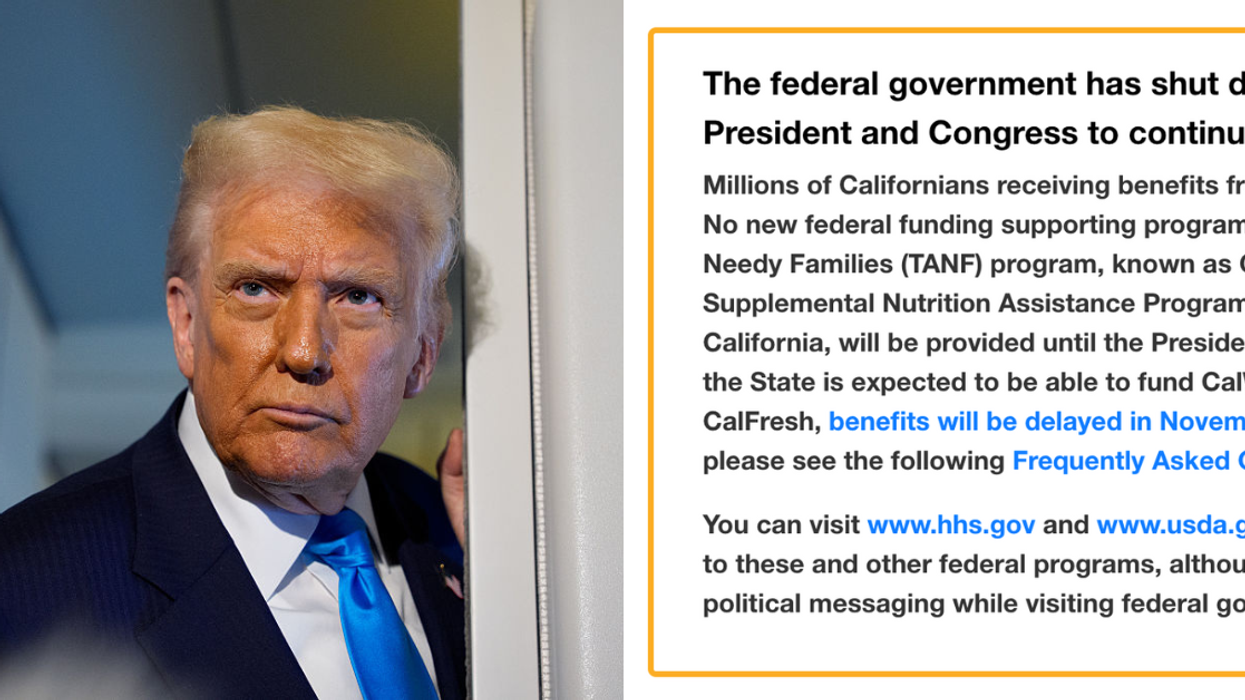
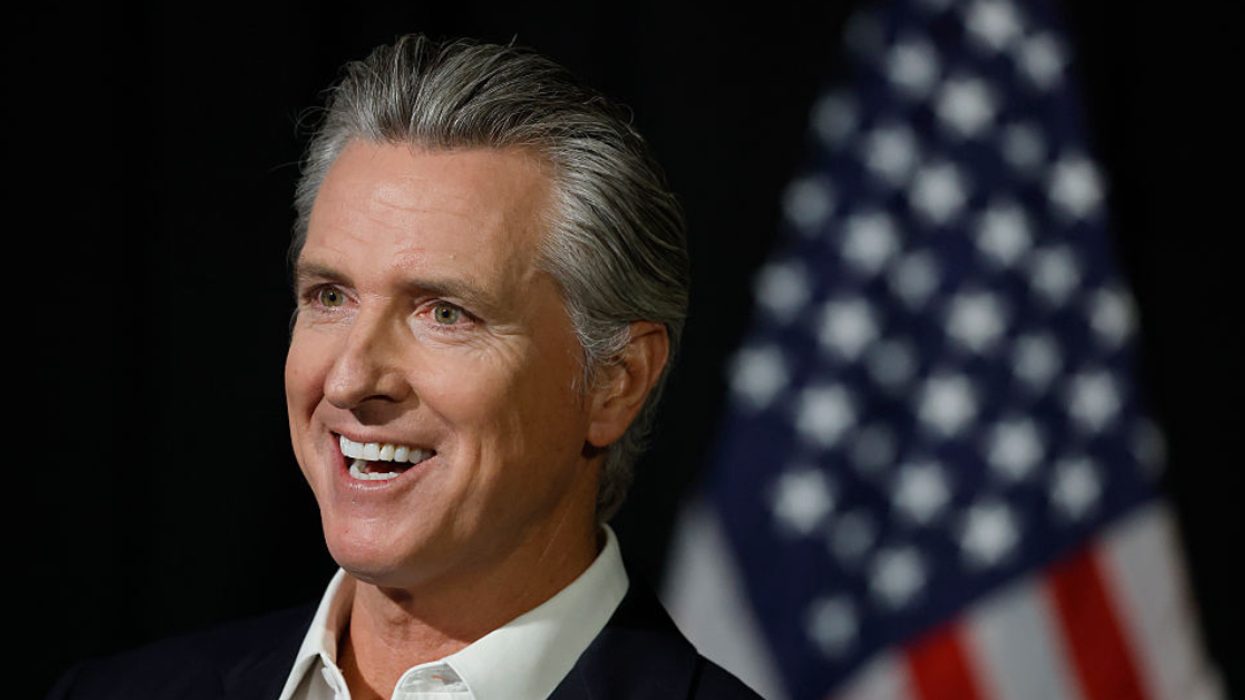
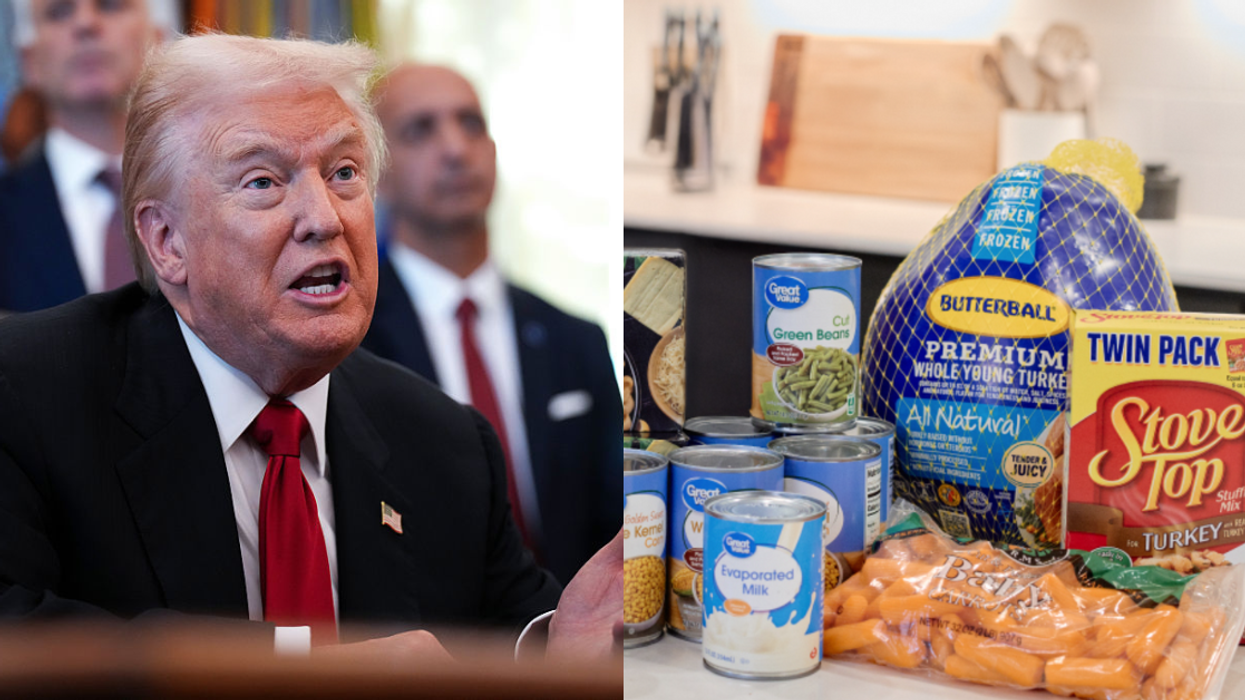




 breast cancer GIF by Baptist Health South Florida
breast cancer GIF by Baptist Health South Florida  Teddy Bear Doctor GIF
Teddy Bear Doctor GIF  feeling neck skin GIF
feeling neck skin GIF  praying GIF
praying GIF 
 Snail Ugh GIF by Sticker Book iOS GIFs
Snail Ugh GIF by Sticker Book iOS GIFs  Serious
Serious  Home Alone Reaction GIF by 20th Century Fox Home Entertainment
Home Alone Reaction GIF by 20th Century Fox Home Entertainment  Cat Working GIF
Cat Working GIF